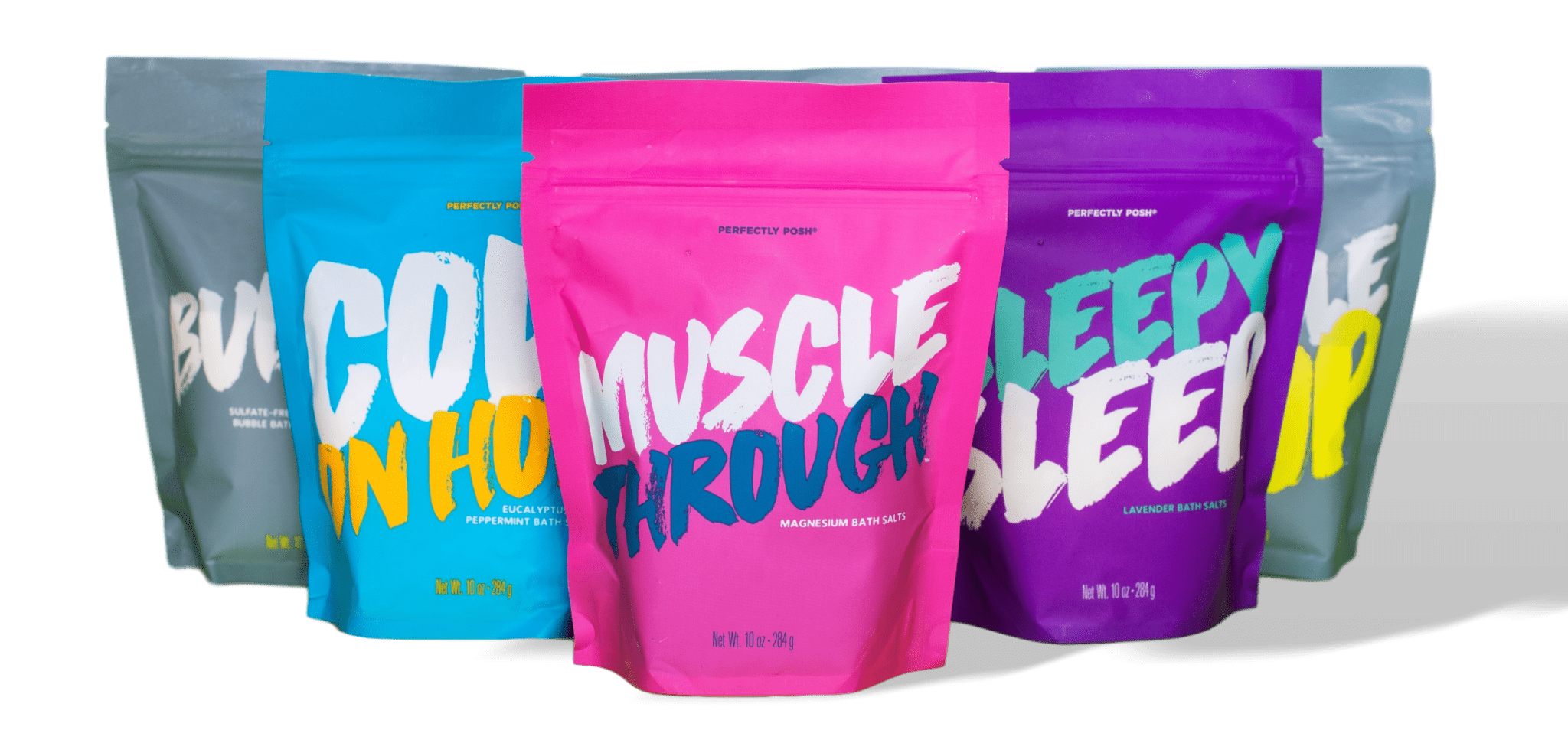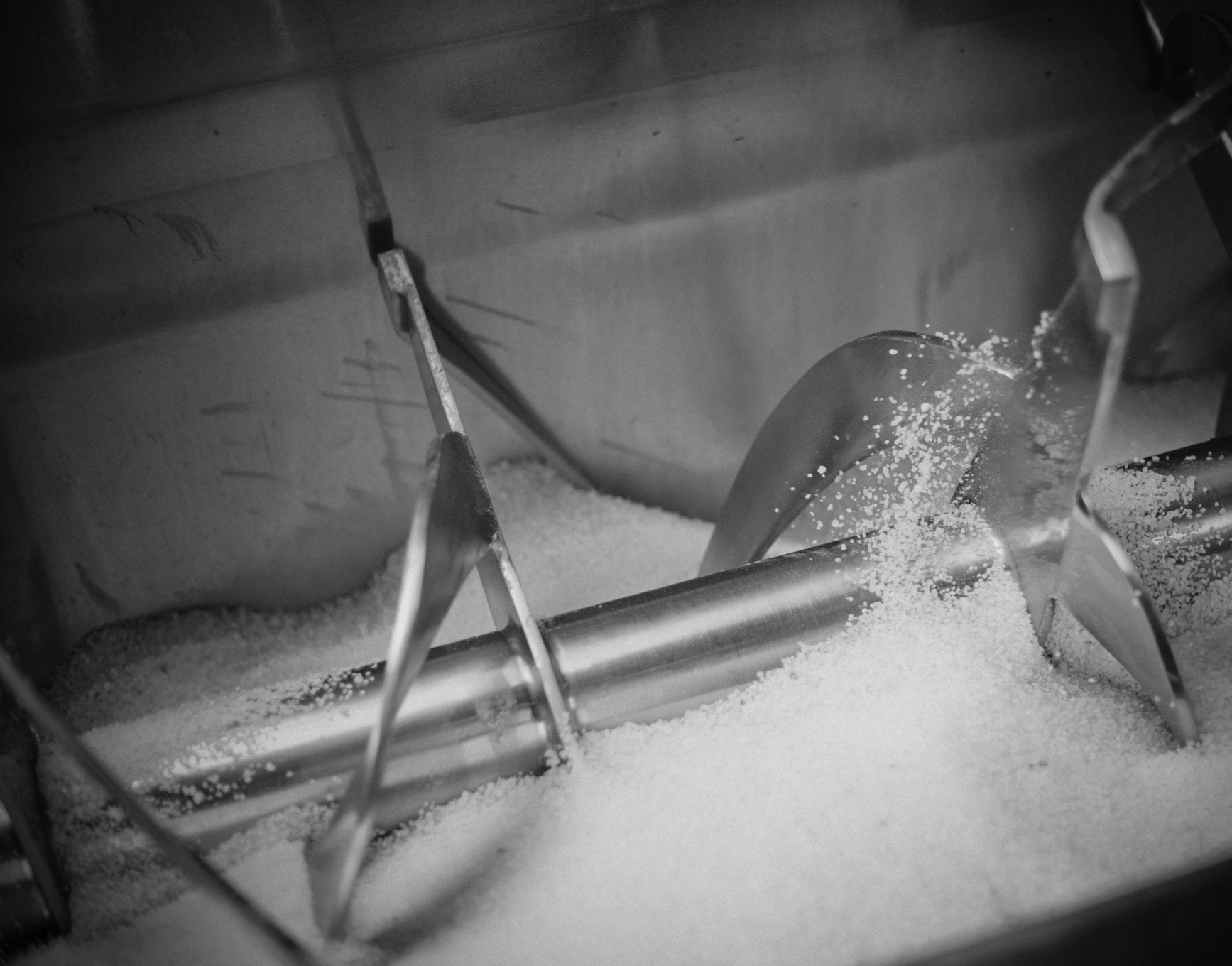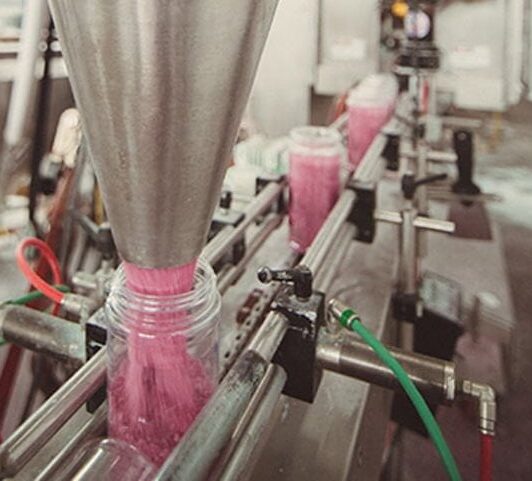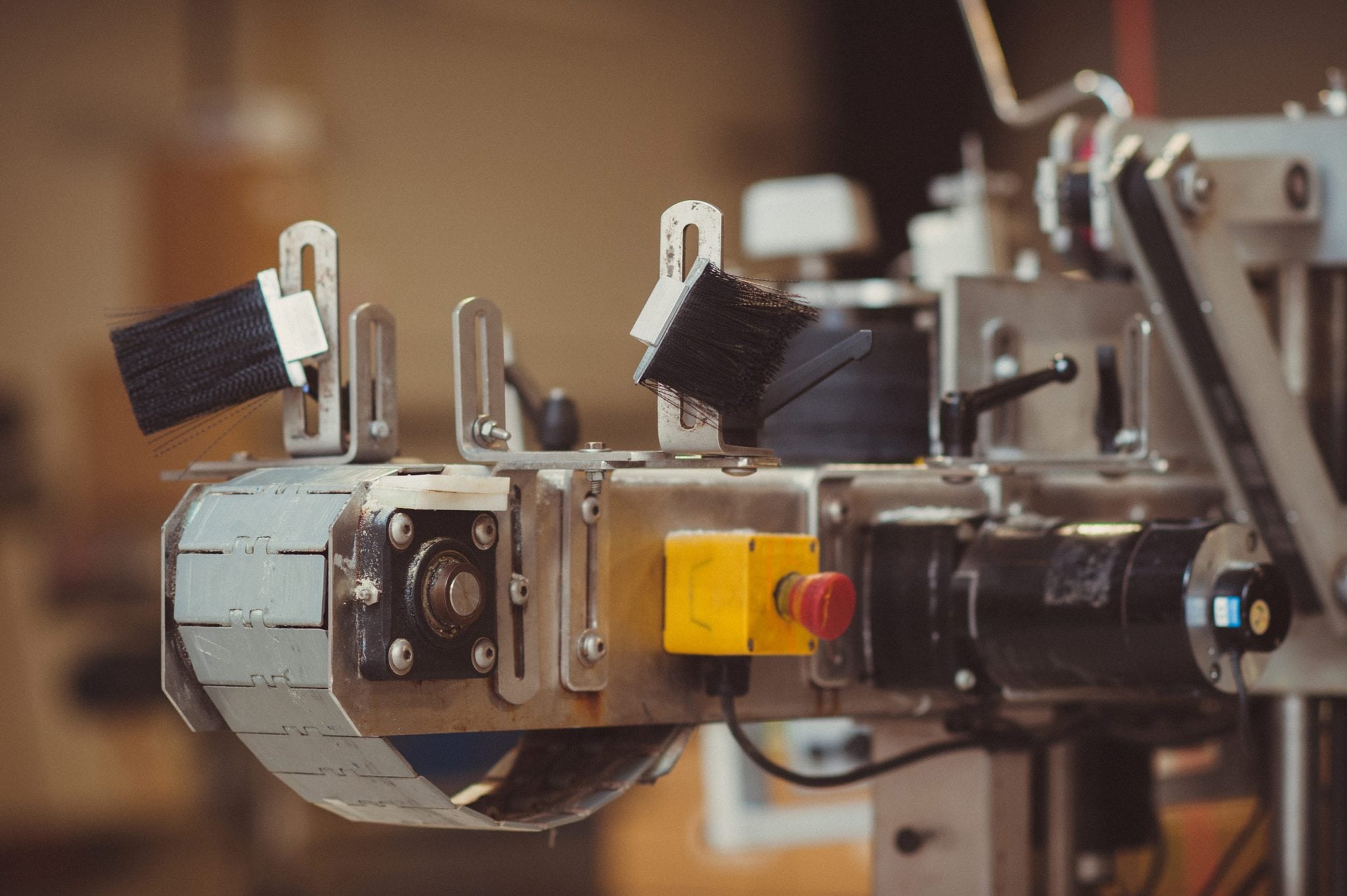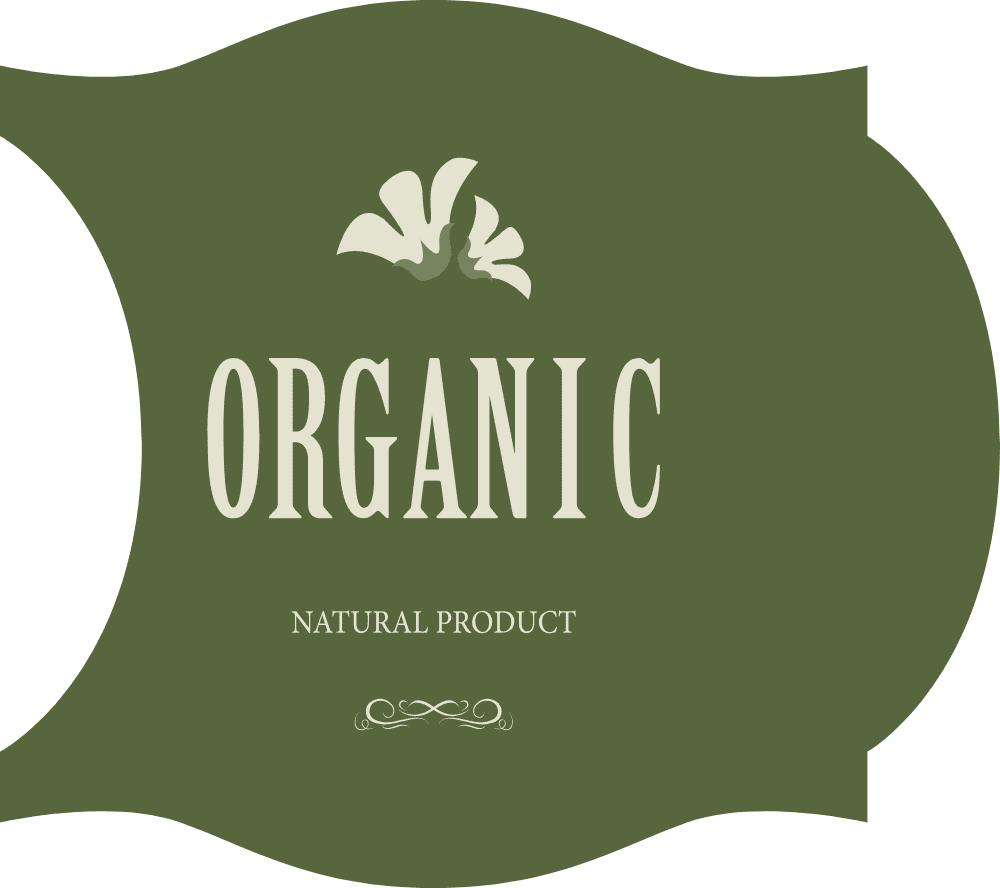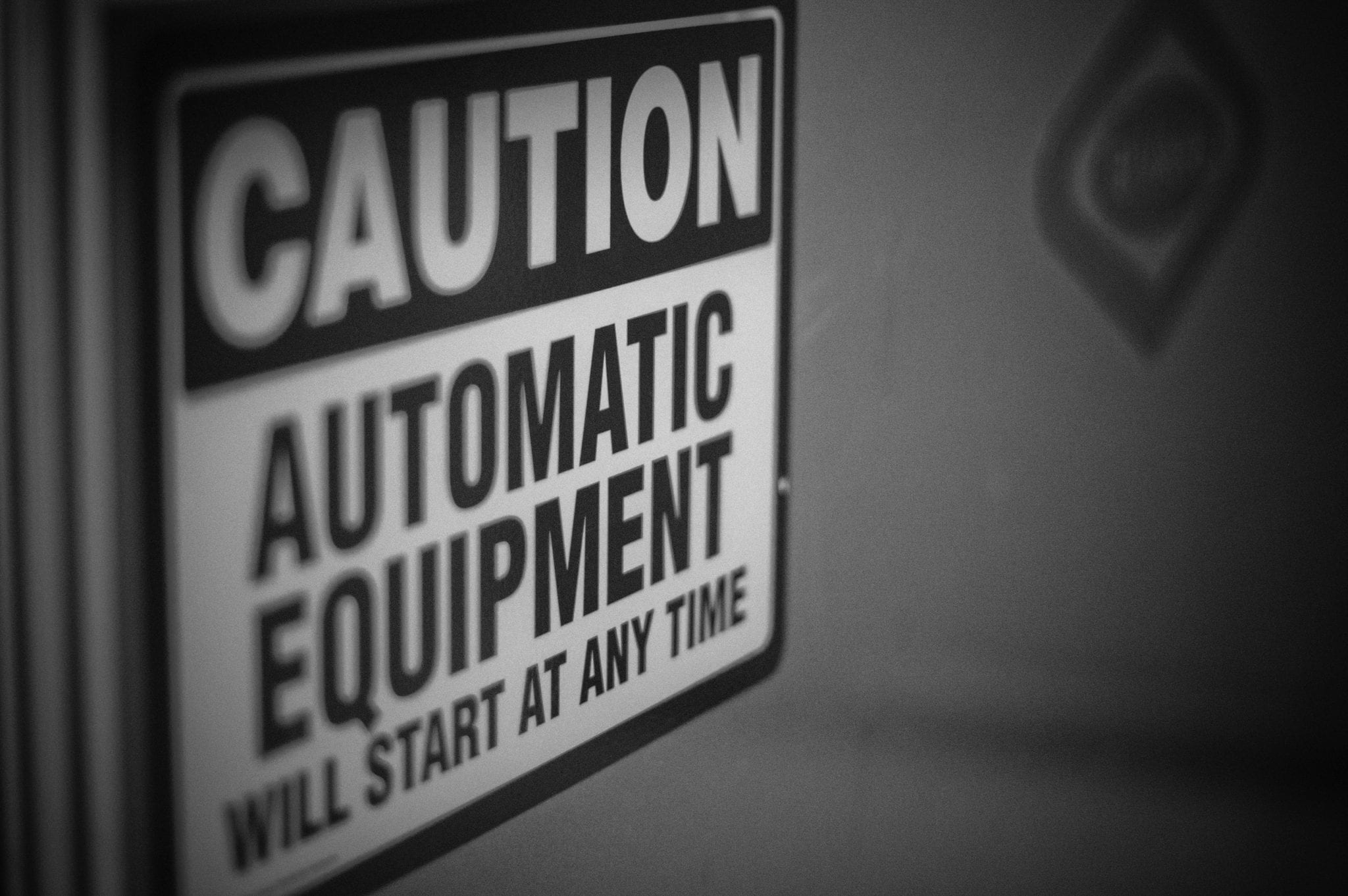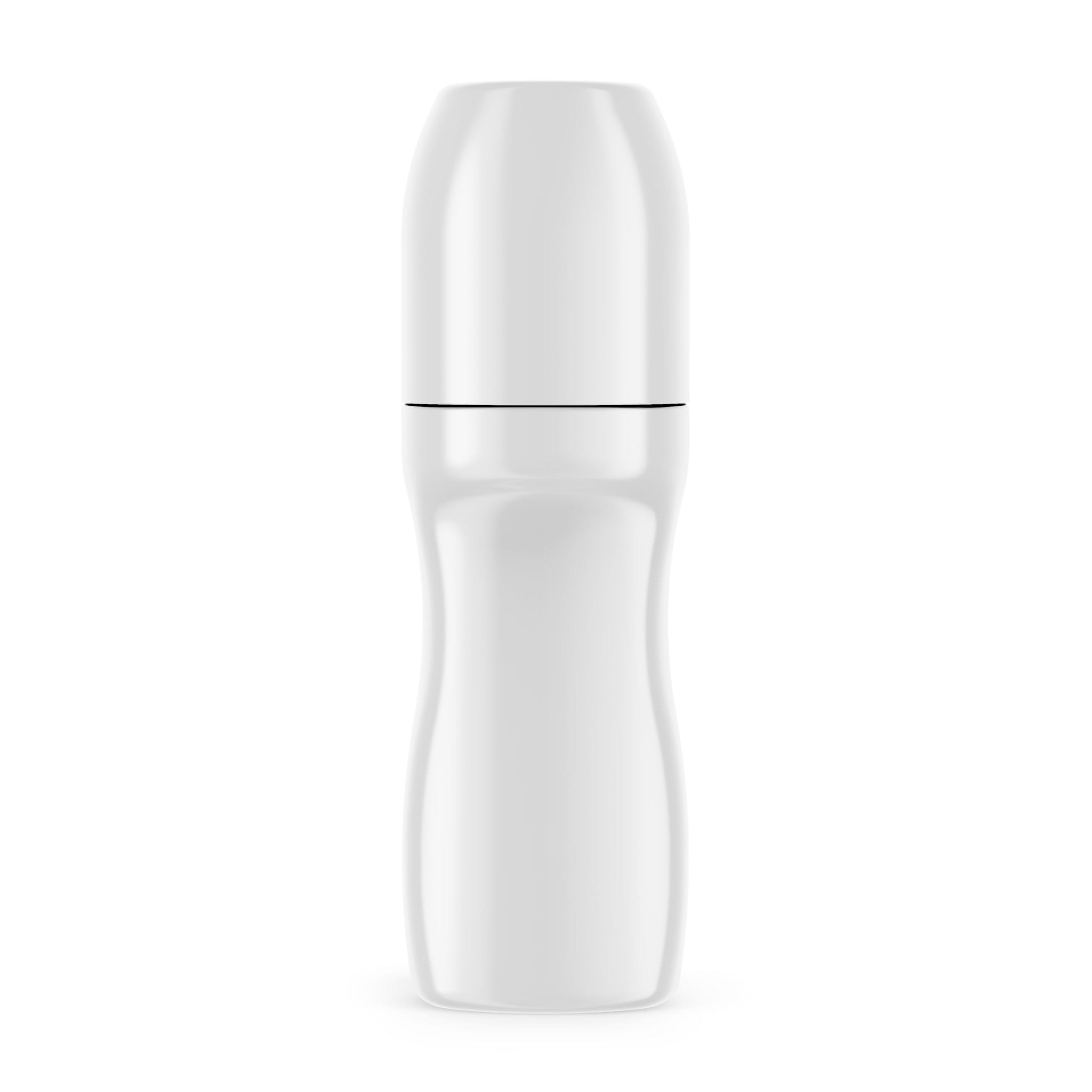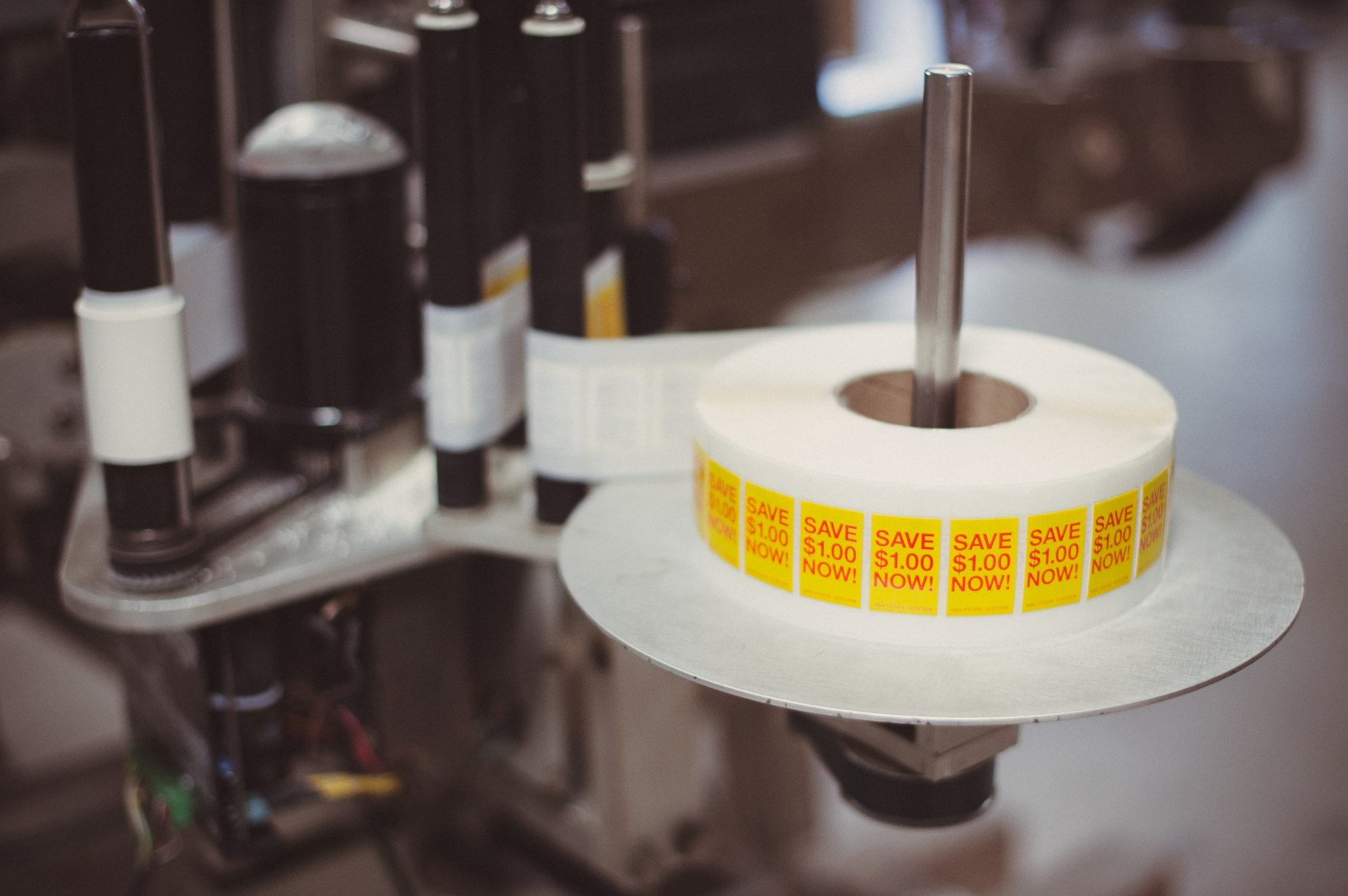Our tube filling service is our guaranteed fastest, cheapest, most convenient service. Tubes come to our factory,...

Tube Filling Service
Our tube filling service is our guaranteed fastest, cheapest, most convenient service.
Tubes come to our factory, pre-sealed, pre-capped, and pre-printed from a single source and supplier. Our Norden tubing machines quickly fill the tube, seal the tube, print a code onto the tube and eject the completed product ready to be boxed all from a single machine. It’s the definition of streamlined filling.
A single machine setup with standardized packaging means labor, setup times, clean up, and scrap rate is extremely low. Also, our Norden tubing machine was the first tubing machine designed to fill hand sanitizer, which can be a hazardous affair without necessary precautions.
Tubes are designed with utility while not compromising your brand’s aesthetic.
Tubes are a popular packaging with consumers because they are easily handled, recapped for reuse, and sealed for freshness. Tubes can come with a variety of orifice sizes, ensuring consumers get the right application amount every time.
Tubes can come in different dyed colors and coatings, millions of printed colors, and in a variety of different sizes, ranging from very small to 10 inches in length.
Tubes are more economical with less chance of supply-chain failure than bottles and jars.
In our article Tubes Beat Bottles we show how sourcing bottle components and individually shipping those components to BPI Labs can have anywhere between a 22% and 42% difference in cost. That’s incredible margin you could be saving by working with a packaging designed to deliver best value.
When a component is unavailable for bottles or jars, substitute components must be found. Since tubes are entirely produced from a single manufacturer, they do not suffer the risks of large supply chains. Moreover, BPI Labs has multiple good, domestic sources for tubes that we are ready to share with you.
Read more about the difference between tubes and bottles here.
Our Blogs
Tube Filling Service
Bottle and Jar Filling Services
Your formula possibilities are extensive with our array of bottle and jar filling equipment. Your product, wet or dry,...
BPI Labs Makes Bath Salts, Scrubs, and Powders
Bath salt, scrubs, and powder manufacturing at BPI Labs BPI Labs offers bulk production and filling services for all...

